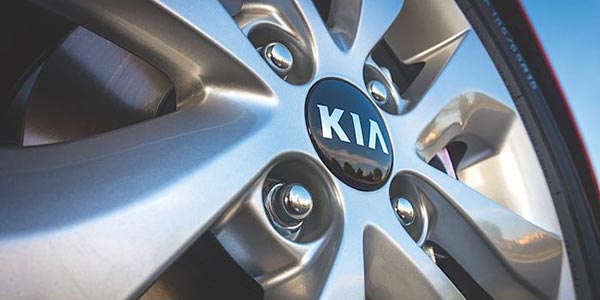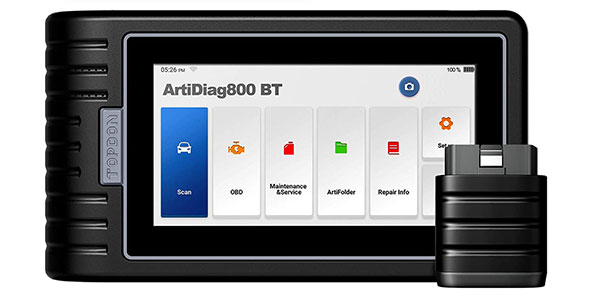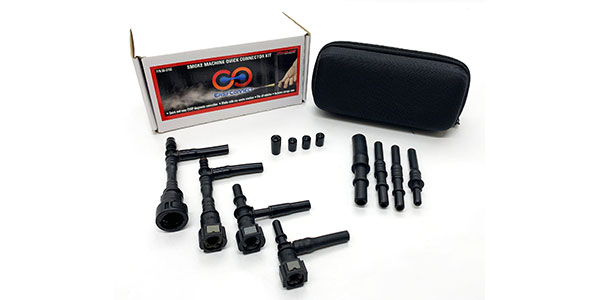
Model: 2006 Kia Rio LX 1.6
Complaint
The customer states the check engine light is on.
Cause
Connected a scan tool and found codes: P0171 – System Too Lean (Bank 1); P0446 – Evaporative Emission System Vent Control Circuit; P0507 – Idle Air Control System RPM Higher Than Expected and P2187 – System Too Lean at Idle (Bank 1).
Used the scan tool to monitor live data and found oxygen sensor (B1-S1) voltage was fixed below 450 mV, indicating a lean condition.
Used the scan tool to monitor oxygen sensor (B1-S1) with the engine at idle, induced propane into the intake manifold and found the oxygen sensor (B1-S1) signal responded to the rich condition.
Connected a smoke machine to the evaporative emission (EVAP) system, induced smoke into the system and found smoke leaked from the EVAP vent valve, indicating an open vent valve.
Used the scan tool to command the EVAP vent solenoid closed and observed smoke stopped flowing from the EVAP vent valve, indicating a functional EVAP vent valve.
Used the smoke machine to perform an EVAP system pressure check and observed the system was unable to hold pressure.
Performed a visual inspection of the EVAP system but did not find any leaks. Removed the EVAP hose from the engine intake manifold and found smoke leaked from the EVAP purge solenoid valve.
Used the scan tool to command the EVAP purge solenoid valve open and closed several times and observed smoke continued to leak from the EVAP purge solenoid valve, indicating the EVAP purge solenoid valve did not close.
Used a set of fused jumper wires to repeatedly apply voltage and ground to the EVAP purge solenoid valve and found the valve was inoperative.
Used a multimeter to measure the resistance of the EVAP purge solenoid valve and found the measured resistance was out of the specified range of 16 Ohms.
The results of these tests verified the EVAP purge solenoid valve was faulty.
Correction
Replaced the EVAP purge solenoid valve, cleared codes, performed a road test and verified the vehicle operated properly. The check engine light did not illuminate and no fault codes returned.
Courtesy of Mitchell1 SureTrack Real Fix.













